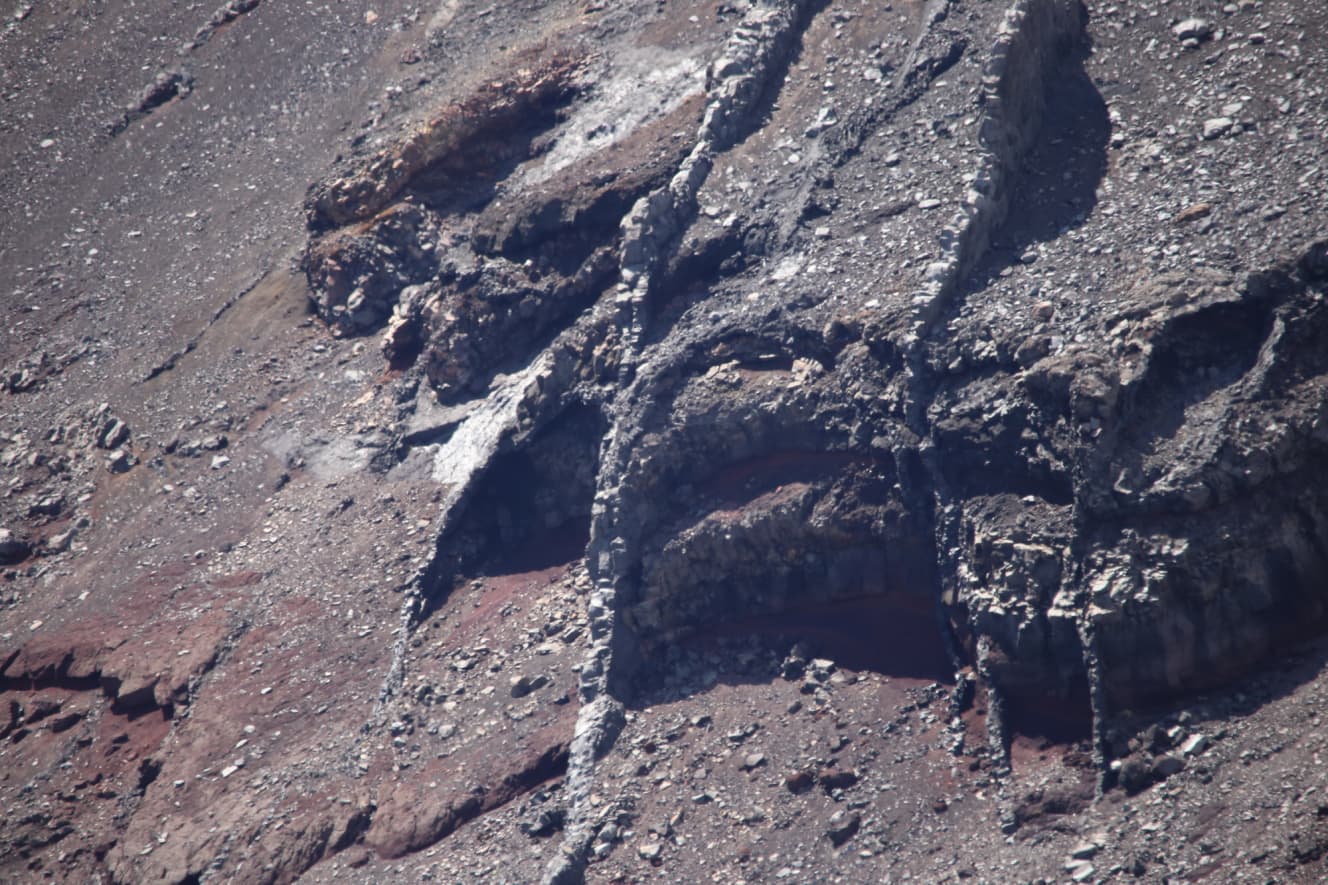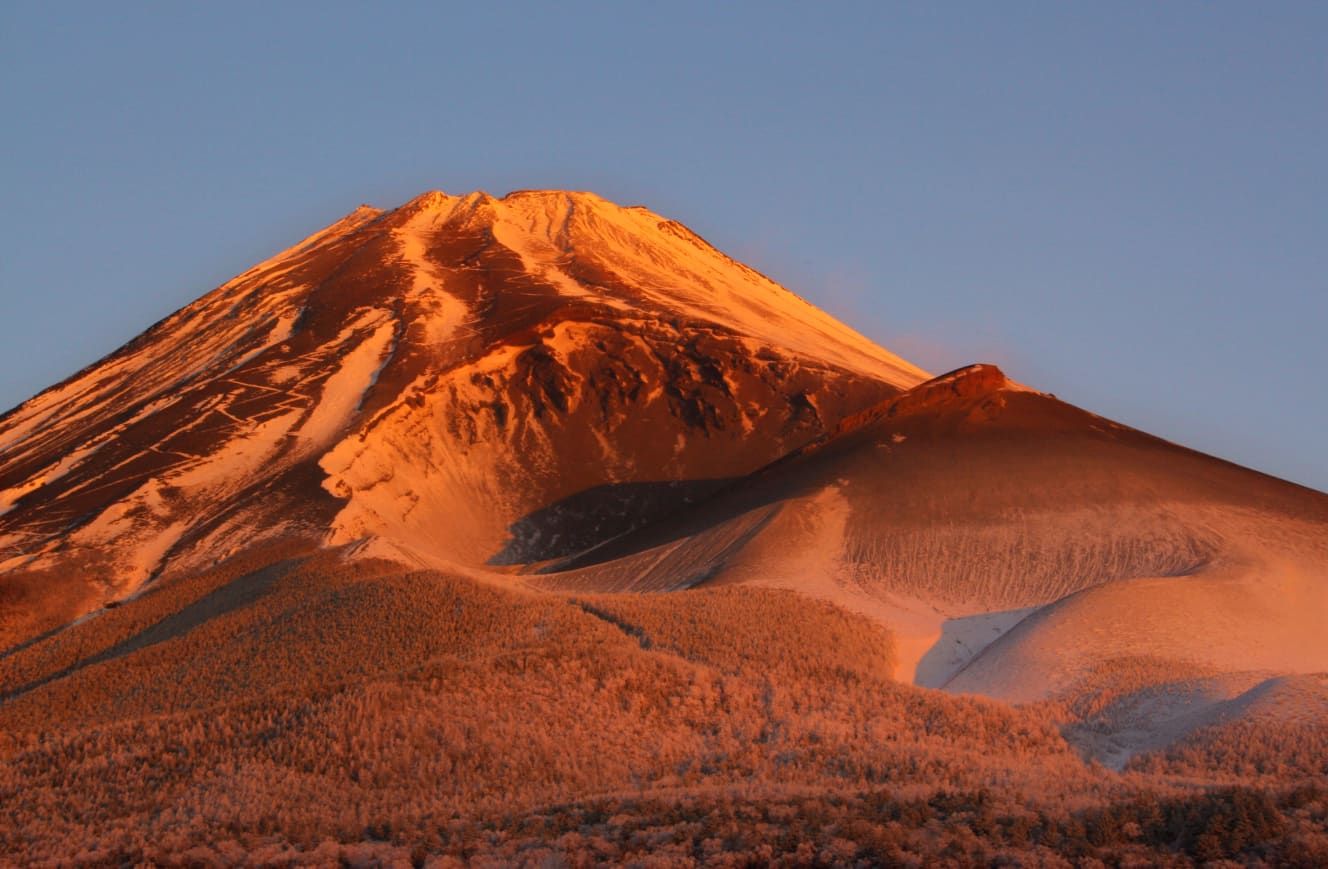Escaping on foot from a giant volcano with a diameter of 44 km… Mt. Fuji eruption and evacuation plan “unable to cope with a major earthquake and tsunami” nightmare
New evacuation plan for Mt. Fuji eruption revised for first time in 9 years, death toll Fuji has been revised for the first time in nine years. Fuji has been revised for the first time in nine years, and the damage estimates for a massive Nankai Trough earthquake, which is expected to kill more than 320,000 people, have also been revised. Fuji erupts and a massive earthquake occurs in tandem, there is a high possibility of unprecedented damage. Fuji erupts and a massive earthquake occurs in tandem with the eruption, unprecedented damage would likely occur.
The new Mt. Fuji Volcano Wide-Area Evacuation Plan was formulated on March 29 by the Mt. Fuji Volcano Disaster Prevention Council, which consists of Yamanashi, Shizuoka, and Kanagawa prefectures.
Fuji Volcano Disaster Prevention Zone in the three prefectures. 27 Fuji volcano disaster warning area Fuji to 27 cities, towns, and villages in three prefectures (with approximately 79,000 residents). While expanding the evacuation zone to 27 cities, towns, and villages (with approximately 790,000 residents), the timing of the start of evacuation is being reconsidered in order to reduce to zero the number of people who fail to escape during an eruption. However, the evacuation sites will not be decided in advance and will be secured according to the eruption situation, and in order to prioritize the evacuation of those who need assistance, the means of evacuation for general residents will be switched from private vehicles to walking in principle. There are many unknowns as to how far they will be able to go in ensuring feasibility,” said a reporter from the society section of a national newspaper.
It is true that it is difficult to communicate the correct evacuation sites in the midst of chaos, and to calmly evacuate people on foot, who often travel by car. Many local residents voiced their concerns, such as, “Can they escape on foot when they will be hit by lava flows and cinders in a short period of time?” Many people have voiced their concerns, such as “How can we escape on foot when we will be hit by lava flows and cinders in a short period of time?
Bullet trains and highways were flooded. ……

Professor Manabu Takahashi of Ritsumeikan University, an expert on disaster risk management, said.
Fuji has a base diameter of up to approx. 44 km in diameter at its base. Fuji is a huge volcano with a maximum diameter of 44 km. Fuji is a huge volcano with a maximum base diameter of 44 km. If an eruption were to occur and cinders, pyroclastic flows, and large volcanic ash showers were to fall all over the area, it would be difficult to know which direction to flee in. It would be very difficult to evacuate all the people living in the vicinity at once.
The important thing is that there are about 30 craters in a chain of about 30 major ones from southeast to northwest. The important thing is to determine where the eruption will occur and prioritize evacuation. In any case, it is best to assume that residents will not be able to evacuate so easily.
Because of the westerly winds blowing from west to east over Japan, it would seem that those living on the west side of Mt.
But it is not so easy, Takahashi said. “It is more west than east, but still there are many problems. There are few major roads leading to Yamanashi from the Shizuoka area, and even if they do go to Nagoya, the Tomei Expressway, which is close to Mt. Fuji eruption is usually accompanied by a major earthquake.
Even if we were lucky enough to escape from the crater area, the transportation infrastructure could be paralyzed beyond that point. In fact, the Tokaido Shinkansen line was damaged by the eruption of a volcano 2 m above sea level. In fact, the Tokaido Shinkansen line passes near Ukishima Swamp in Numazu City, and both the Shinkansen and the Tomei Expressway run above the surface of the lake at Lake Hamana. There is a great possibility of the piers collapsing or being submerged by a tsunami, and evacuation to the west may not be possible.
The last time Mt. Fuji erupted was 1707 Fuji erupted in 1707. At that time 49 days before the last eruption with an estimated magnitude of8.6 earthquake occurred 49 days earlier. The spooky thing is, 3200 During the past 3200 years, there have been approximately Fuji, which is believed to have erupted about 100 times over a period of 3200 years. Fuji, which is said to have erupted repeatedly about 100 times in 3200 years, Fuji has remained quiet for more than 300 years since the Hoei eruption. Fuji has remained quiet for more than 300 years since the Hoei eruption. Fuji has remained quiet for more than 300 years since the Hoei eruption. It is believed that a considerable amount of energy has accumulated, and a major eruption could occur at any time.
If an earthquake triggered by the Nankai Trough erupts Mt. Fuji, the number of evacuees will increase by an order of magnitude due to the massive earthquake and eruption. Fuji evacuation plan that has just been revised will not be enough to cope with the situation. Fuji evacuation plan alone will not be sufficient to cope with the situation. Unless a more concrete and feasible plan is created, the damage will be much worse,” said Takahashi.
A massive eruption is surely approaching. In order to survive, specific and realistic preparations are necessary.

Interview and text by: Masayoshi Katayama
Journalist
PHOTO: BORDER cyuurin Toshiko Yurugi
